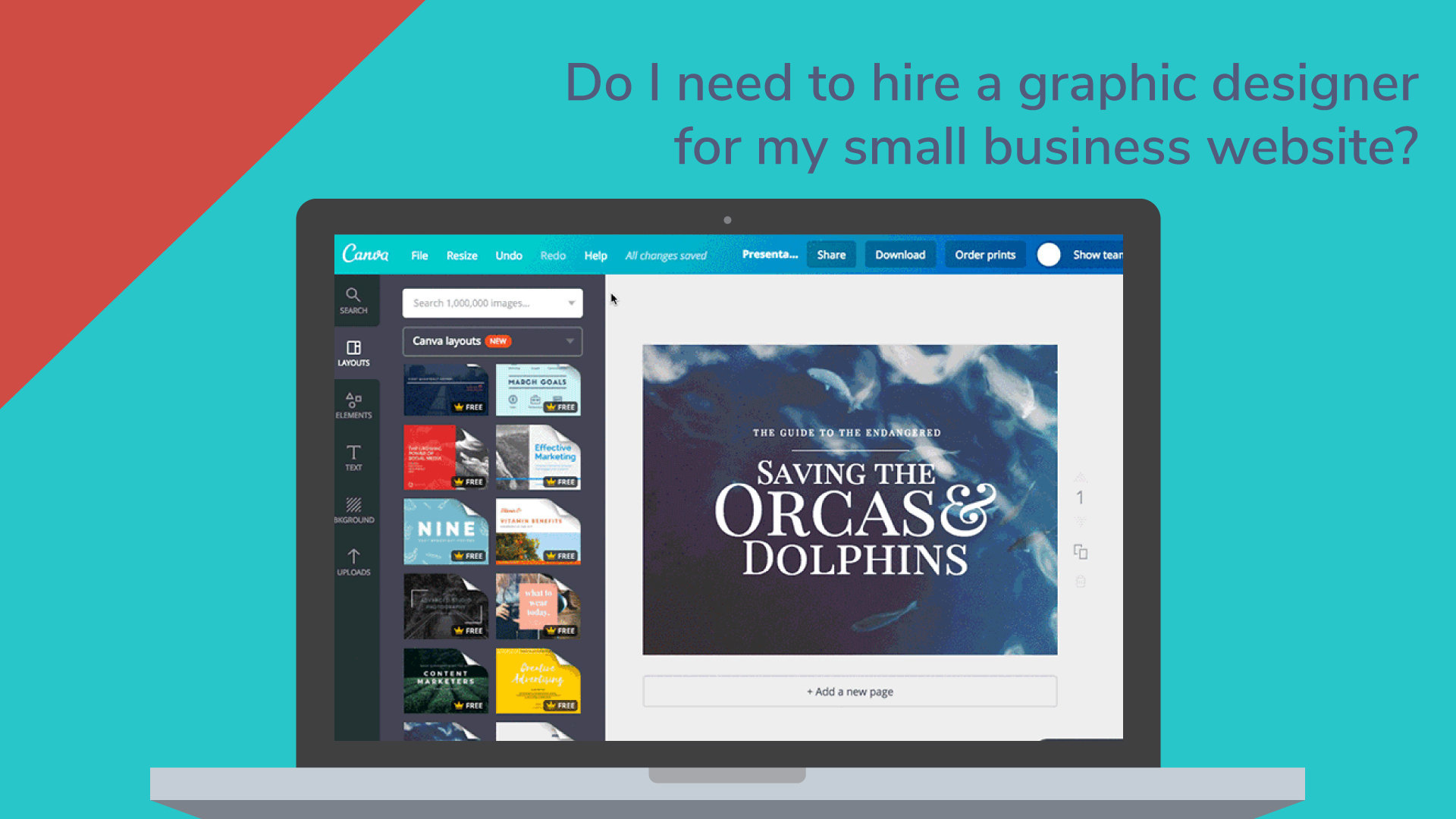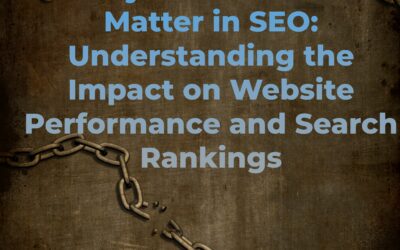This is one of hundreds of videos, where I answer the most commonly asked questions about website development for small businesses.
Balancing Graphic Designer Expertise with DIY Tools
When deciding whether to hire a graphic designer for your website, it’s crucial to understand the broader role they play beyond just creating visually appealing designs. A graphic designer is an expert in crafting a cohesive and consistent visual identity for your business. This visual identity spans not just your website, but also your social media platforms, marketing materials, and any other digital assets. The process of establishing this visual identity includes selecting the right colors, typography, layout, and imagery that resonate with your target audience. This attention to detail ensures that every element of your site works together to tell a compelling story about your brand.
One of the primary benefits of hiring a graphic designer is the consistency they bring across your online presence. Consistency is key when it comes to branding because it builds recognition and trust. Visitors to your site will be more likely to remember your business if they see a professional, unified look across your pages. A strong visual identity reinforces your brand’s personality, and it plays a significant role in the way your audience perceives you.
A website that looks polished, well-designed, and professional can help you build credibility with potential customers, leading to greater engagement and higher conversion rates. This is especially important in a digital age where consumers have many options and often make snap judgments about the quality of a business based on their first impression of its website.
In addition to helping you establish a visual identity, graphic designers also bring valuable expertise in the psychology of design. They are trained to understand how design elements influence human behavior, which can be critical for the success of your website.
For example, graphic designers know how to use color psychology to evoke certain emotions in your visitors, or how to create designs that lead the eye toward key calls to action (CTAs), encouraging visitors to take specific actions, such as purchasing a product or signing up for a newsletter.
Another crucial aspect where a graphic designer adds value is through user experience (UX) design. While a website may look aesthetically pleasing, its functionality and ease of use are what ultimately keep users coming back. Designers are experts in creating user-friendly interfaces that make it easy for visitors to navigate your website. They ensure that your site is intuitive, easy to understand, and responsive across all devices.
This expertise in UX design can lead to longer site visits, more engagement, and, ultimately, better conversion rates. In contrast, DIY tools like Canva are limited in their ability to optimize the user experience. While Canva offers pre-made templates for quick design solutions, it cannot provide the same level of customization and nuanced design decisions that a professional graphic designer can bring.
While DIY tools like Canva can be incredibly useful for small, quick design projects, they do have limitations. Canva is a user-friendly tool that allows business owners to create simple graphics, such as social media posts, banners, and infographics, without the need for advanced design skills. It’s an excellent tool for creating basic graphics that are functional and aesthetically pleasing.
However, it lacks the depth of customization and originality that a graphic designer can offer. Canva’s templates are widely used, meaning that your business might end up looking similar to others using the same designs. Custom graphic design, on the other hand, allows you to stand out and create unique visuals tailored specifically to your brand’s identity.
For example, a graphic designer can create custom illustrations, icons, and graphics that are specifically designed to reflect your brand’s values and message. They have the expertise to ensure that every design choice—whether it’s the color palette, font selection, or layout—aligns with your brand’s voice and goals. This level of customization is particularly important when you’re trying to distinguish your business from competitors. In a crowded market, it’s essential to make sure your brand’s visuals are as unique as your business itself.
When your business is ready to scale, or you’re launching a new product or service, professional design work becomes even more important. During these times, it’s essential to invest in high-quality visuals that will represent your brand in the best possible way. Professional graphic designers can help create marketing materials, landing pages, product packaging, and digital advertisements that are aligned with your growth strategy. They bring a high level of craftsmanship that ensures your visuals will be polished and visually appealing to your target audience.
Investing in a graphic designer for larger projects or long-term branding initiatives can have a significant impact on your business. Good design isn’t just about aesthetics; it’s also about functionality, user experience, and making sure your visuals resonate with your audience. A designer ensures that your business’s design aligns with your strategic goals and communicates the right message to your customers. Whether it’s for the initial stages of website development or for ongoing updates and campaigns, having a professional handle your design needs can take your business to the next level.
In conclusion, while DIY tools like Canva can be a great solution for quick and easy graphics, hiring a graphic designer is an investment that provides long-term value for your business. A graphic designer helps you create a strong visual identity, enhances user experience, and provides the level of customization and originality that DIY tools can’t offer. For smaller updates, tools like Canva can be sufficient, but for larger, more strategic projects, a graphic designer’s expertise is invaluable. By hiring a professional, you can ensure that your brand stands out in a competitive market and that your website, marketing materials, and digital assets reflect the high quality of your business.





0 Comments